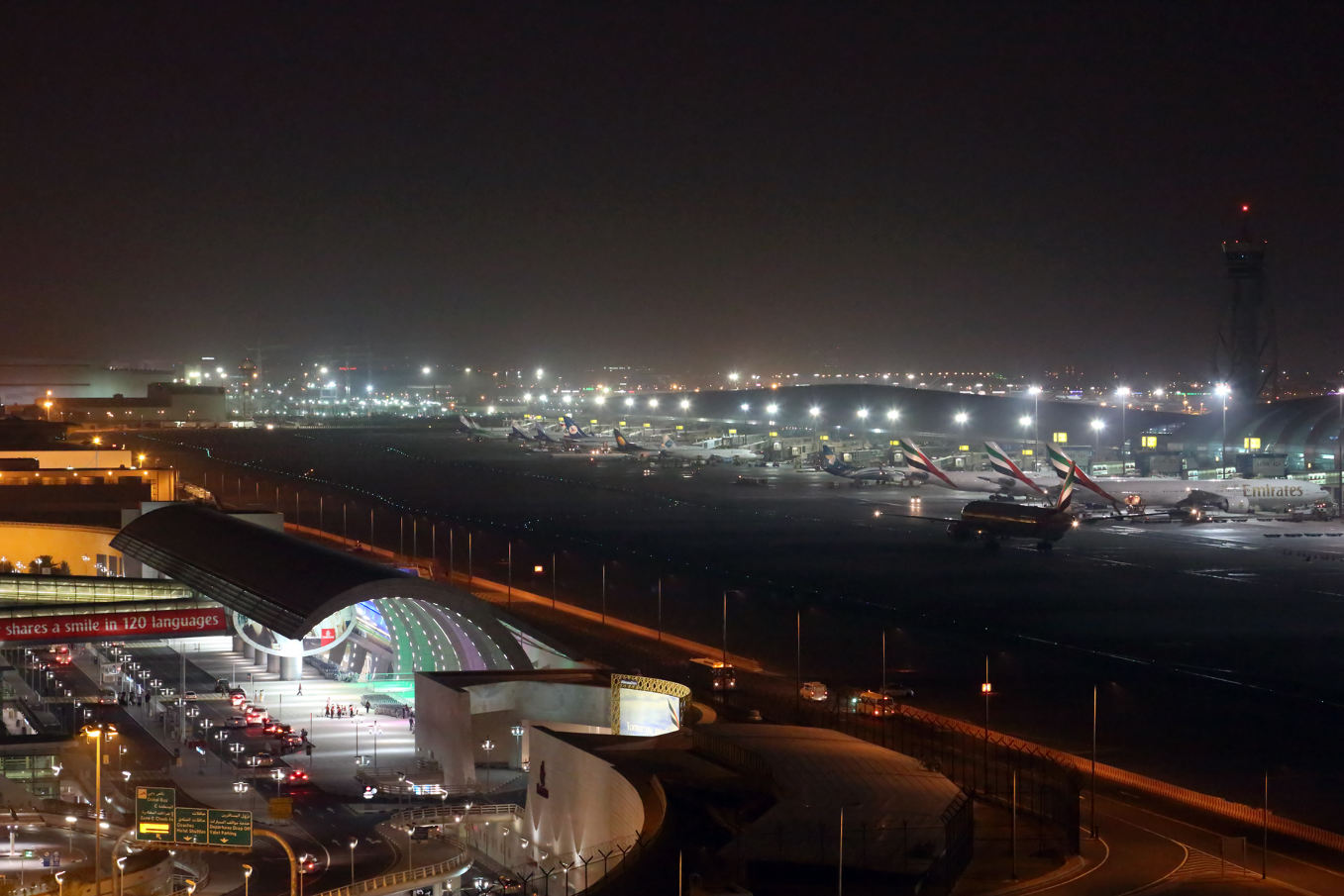The total number of airline passengers carried on scheduled services in 2016 reached 3.7 billion, a 6.0% increase over last year, according to preliminary figures released by the International Civil Aviation Organization (ICAO) on 2nd January.
According to ICAO, the number of departures rose to approximately 35 million globally, and world passenger traffic, expressed in terms of total scheduled revenue passenger-kilometres (RPKs), posted an increase of 6.3%, with approximately 7,015 billion RPKs performed. This growth is a slowdown from the 7.1% achieved in 2015.
The organisation notes that the forecast of world real gross domestic product (GDP) growth in 2016 is expected to be at around 2.4% — down from the 2.9% pace projected at the beginning of the year. The revision is due to sluggish growth in advanced economies, stubbornly low commodity prices, weak global trade, and diminishing capital flows. Despite the weak economic conditions, global passenger traffic continued to grow, helped by lower air fares as a result of the fall in oil prices.
All regions, except for Africa and the Middle East, posted slower growth than last year. The Middle East region led the way with 11.2%, followed by Asia-Pacific (8.0%), Latin America and the Caribbean (6.5%), Africa (5.7%), Europe (4.3%) and North America (3.5%).
In terms of domestic scheduled air services, owing to the strong demand in India and China, the Asia/Pacific region, grew strongly by 10.0% in 2016 and accounted for 40% of world domestic scheduled traffic.
The low-cost carriers accounted for approximately 28% of the world total scheduled passengers in 2016 and passengers carried crossed the milestone of 1 billion passengers in 2016. LCCs in Europe represented 32% of total passengers carried by LCCs, followed by Asia/Pacific and North America with 31% and 25%, respectively.
Load factor varied by region, ranging from 68.0% for Africa to 83.3% for North America. ICAO notes that load factors in the Middle East are under pressure with continued strong capacity expansion outpacing traffic growth. The load factor of the region is expected to decline from 76.3% in 2015 to 74.7% in 2016.
Fuel accounted for nearly one-fifth of the Industry’s operating costs in 2016, down from one-third in 2015. Significant decrease in fuel costs helped airlines to maintain their operating profit at the same level as the previous year: the airline industry is expected to end 2016 with another record operating profit of around $60bn and an operating margin of 8.0%. This comes after an operating profit of $58bn and an operating margin of 8.0% in 2015. More than a third of the profits are expected to come from the carriers of North America, whose domestic market represents 66% of their total operations.

